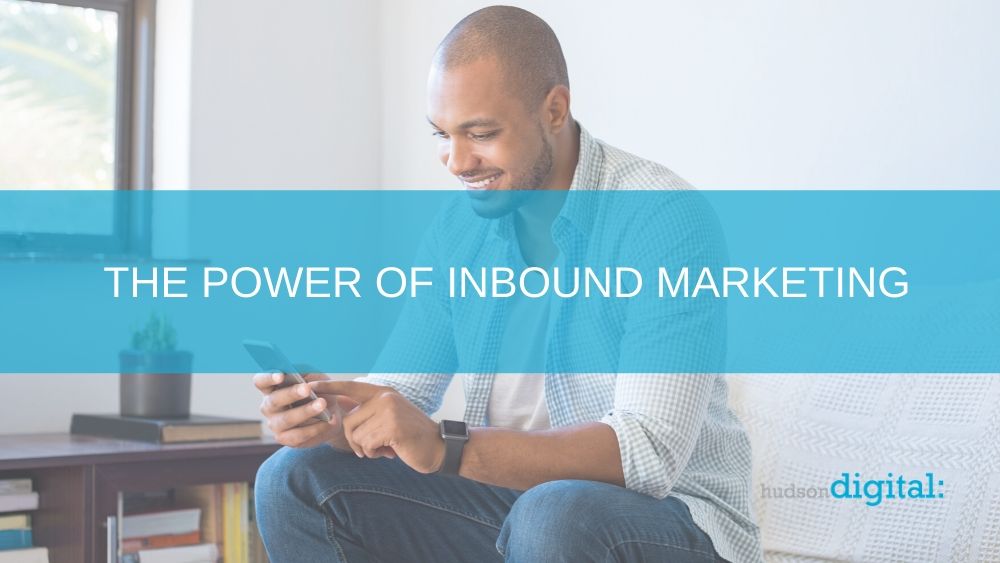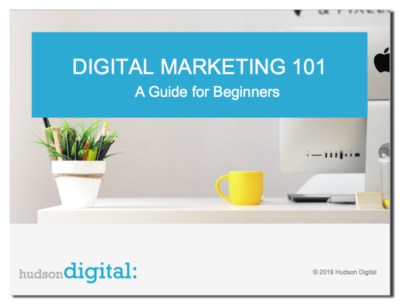Outbound marketing, or traditional marketing, is a one-way stream of information hoping to connect with an anonymous audience. It includes direct mail, a booth at a tradeshow, radio and TV ads, and cold-calling.
Inbound Marketing is different. It’s all digital, flexible, much more interactive and can be powerfully effective. One of the most important strengths of inbound marketing is that it’s based on the concept of “opt-in” communications where a prospect has provided their contact information at some point in your company’s interaction with them and this allows you to reach out to them, usually via email marketing, and start conversations.
In fact, it’s its core strength: the ability to communicate directly, to establish two-way communications between you and prospects. They’re not anonymous, and you grow to learn more about their individual preferences and areas of interest with each interaction.
Inbound marketing can only be deployed when using Marketing Automation tools such as HubSpot, Zoho, and Act-On. They allow marketers to nurture leads with information that’s relevant to their business needs while establishing the company as an authority capable of helping them. And all of the efforts are automated and tracked for greater efficiency, time and cost savings.
Thanks to these tools, marketers can boost the number of touch-points via automated emails based on a lead’s behavior. Since they’ve got information such as company size, revenue range, and what they’re struggling with, marketers can segment lists and personalize messages for deeper engagement. But in order for inbound marketing to succeed, the messaging must be created and deployed for each segment or behavioral group. Inbound marketing makes a science of this deployment.
Let’s say you want to reach a group of prospects about a new white paper offering from your company. You’d set up a campaign that emailed your existing list about the offer, blog about it, and share on your social channels (preferably also target specific groups via paid social). Then, when visitors arrived on the designated landing page, they’d have to fill out a form that gathered their name, company size, phone number, or more, in exchange for the gated content (white paper). Once you’ve collected those names and other information they’ve shared, you can then target the group with more specific email messages. This is called a “top of the funnel” tactic which brings in the largest amount of leads.
Every company, and especially those engaged in business-to-business sales, can benefit enormously by using a marketing automation tool. With the ability to segment lists, you can define affinity groups, specific companies, and individual preferences that turn into highly personalized communications.
Here are the 3 stages of Inbound Marketing:
Top of the Funnel:
You start with blog posts that talk about a topic your prospects are curious about and in the post, offer white papers, guides, videos, and presentations that further explain the topic granularly–with relevant insights and data to back them up. Your visitor arrived with questions about what they need and you provided answers. They’re required to give a minimal amount of information on the form placed you placed on a landing page–such as email, title, business phone, maybe what challenge they’re facing as an option field–in order to access the gated content.
Middle of the Funnel:
Respondents of top of the funnel offers are sent automated follow-up emails that are scheduled regularly and point to offers more specifically aligned with your company’s services; these might include webinars (given by sales reps where attendees can ask questions) or case studies. Here, you can curate your middle of the funnel offers based on what your leads have shared with you. By creating a link between the customer’s need and your company’s services, you’ve now planted a seed for demand. The form on a middle of the funnel landing page can ask deeper questions such as “What is your budget for a solution?” These leads are now warmer, having had sufficient interaction with your company so that you can feel confident about deepening the conversation.
Bottom of the Funnel:
At this point, you will have the least amount of names but they’ll be the best qualified for sales calls. You can offer them a free trial or a free assessment. This is the stage where the list segmentation is put to good use. Your bottom of the funnel leads have likely visited your site without being prompted to via social or email, looking for more information about your company. A solid marketing automation will allow you to see which pages. They’ve shared a lot about what they’re struggling with and because of the conversation through marketing automation, are aware of how your company can help them. Trust has been established, they’re likely ready to buy.
Conclusion
Knowing what content to write or outsource to attract leads takes a lot of creativity, insight, and industry expertise. The rest is logistical–setting up landing pages, forms, workflows, and all the variables for proper segmentation and lead qualification. Working with a marketing automation tool that’s user-friendly engages marketers in a way that can unleash their creativity. A/B testing and analytics capabilities in the tool help them refine their efforts and focus on what’s working and discard or improve what isn’t.
For small and medium size companies as well as the enterprise, Hubspot is the best. It’s intuitive, straightforward, and very reasonably priced. And their customer support is A+. Marketers that become marketing automation experts can work more directly on their campaigns to really drill down, with a devil-in-the-details approach, to achieve valuable results for sales teams. Want to learn more about inbound marketing and how it can help you grow your business? Click on the button to get in touch!


